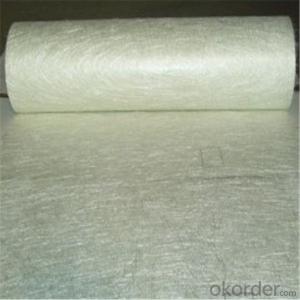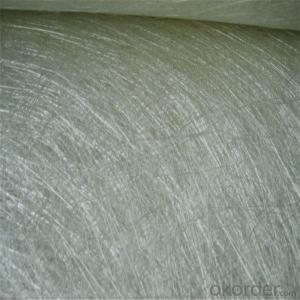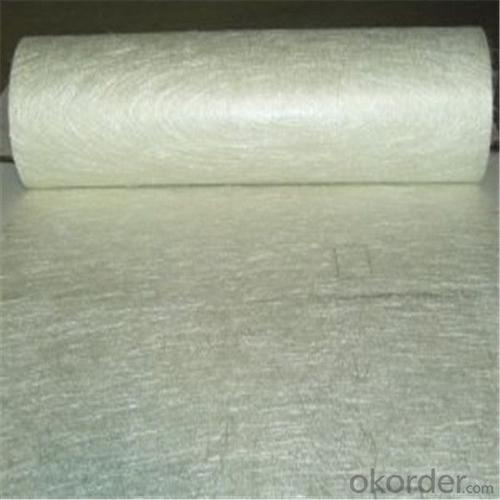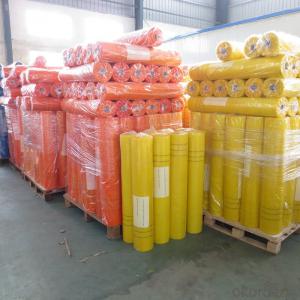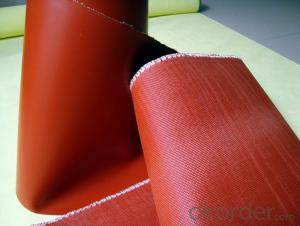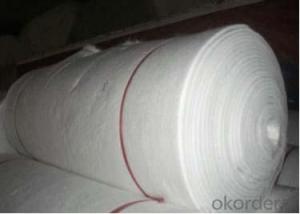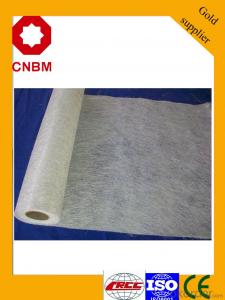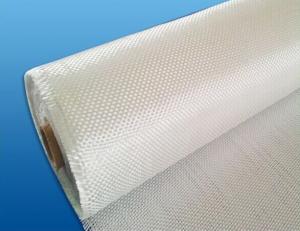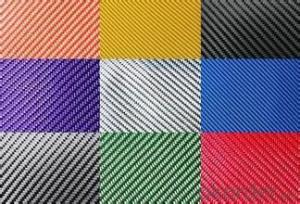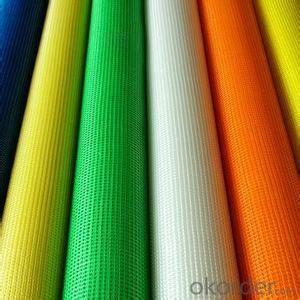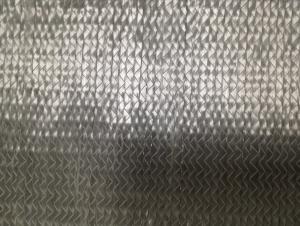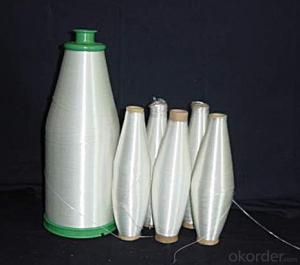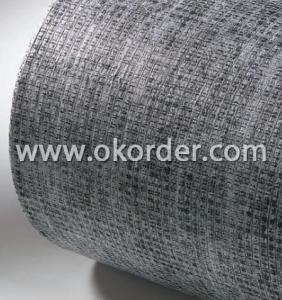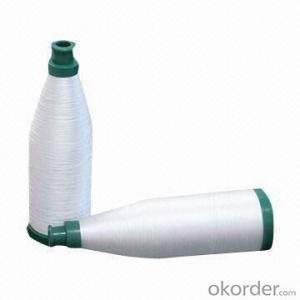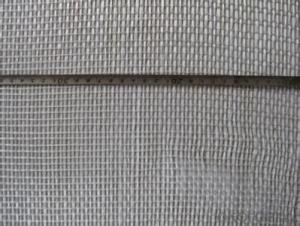Woven Fiberglass Fabric Continuous Stand Mat 2024 - China
- Loading Port:
- Tianjin
- Payment Terms:
- TT OR LC
- Min Order Qty:
- 100 m.t.
- Supply Capability:
- 20000 m.t./month
OKorder Service Pledge
Quality Product, Order Online Tracking, Timely Delivery
OKorder Financial Service
Credit Rating, Credit Services, Credit Purchasing
You Might Also Like
Quick Details
| Technique: | Chopped Strand Fiberglass Mat (CSM) | Dimensions: | 450gsm | Mat Type: | Continuous Filament Mat |
| Fiberglass Type: | E-Glass | Softness: | softness | Place of Origin: | Jiangxi, China (Mainland) |
| Brand Name: | cnbm | Model Number: | 450gsm | color: | white |
| fiberglass type: | E glass | product: | e-glass powder chopped stand mats | binder: | powder or emulsion |
| width: | 1040 or 1270mm, as your requirement | weight: | 30 or 45kg/roll | paper tube diameter: | 90mm |
| outer diameter of roll: | 256mm | packing: | plastic film+carton box + pallet |
Packaging & Delivery
| Packaging Details: | plastic film+carton box + pallet |
| Delivery Detail: | 15-20days |
Specifications
1.e-glass powder chopped stand mats
2.binder:power or emulsion
3.width:1040mm or 1270mm
4.weight:450gsm
Picture
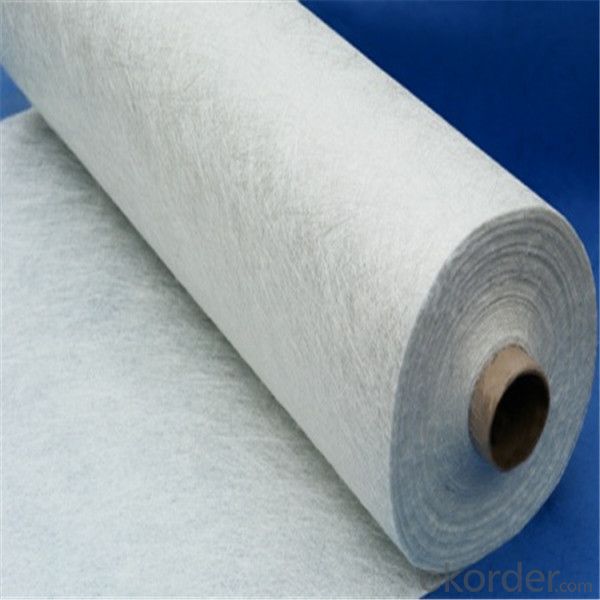
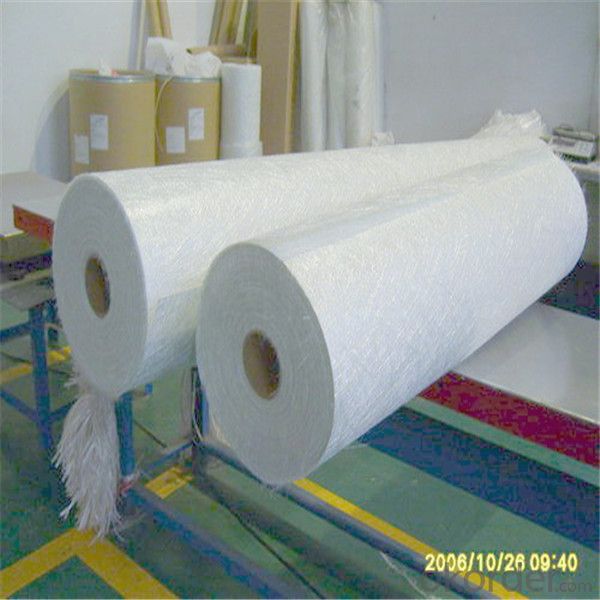
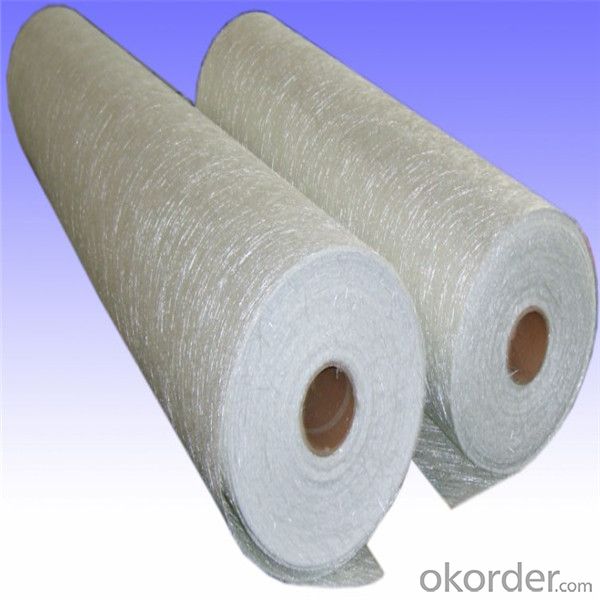
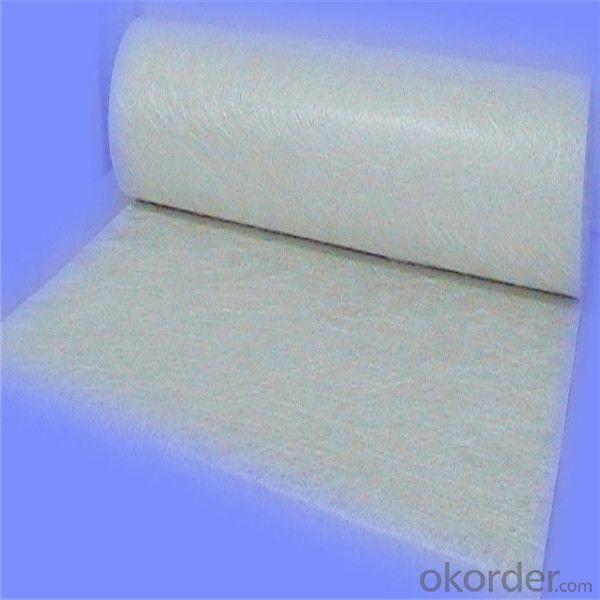
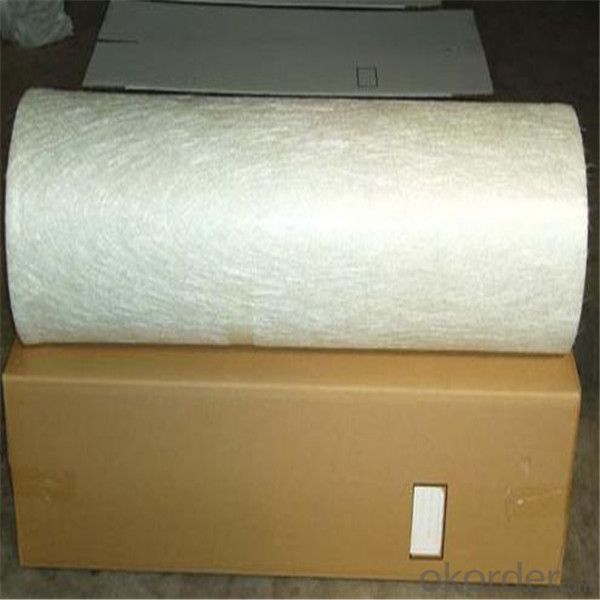
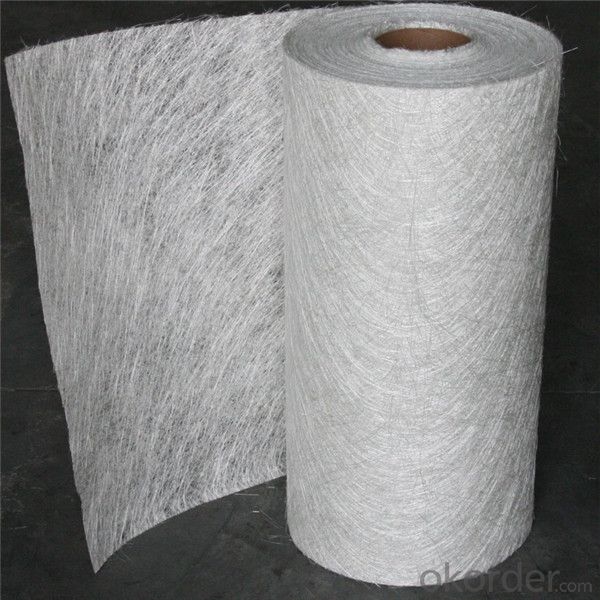
- Q: Can fiberglass fabric be used for making flags?
- Yes, fiberglass fabric can be used for making flags. It is a durable and lightweight material that is resistant to weather conditions, making it suitable for outdoor use.
- Q: What are the different applications of fiberglass fabric in the oil and gas industry?
- Due to its unique properties and benefits, fiberglass fabric has found several applications in the oil and gas industry. In this industry, fiberglass fabric serves various purposes: 1. Insulation: Fiberglass fabric is commonly used to insulate pipes, tanks, and equipment in order to prevent heat loss or gain. It helps maintain consistent temperatures, reducing energy consumption and ensuring efficient operations. 2. Fire protection: With excellent fire-resistant properties, fiberglass fabric is ideal for creating fire barriers, fireproof curtains, and fire blankets in the oil and gas industry. It effectively contains and controls flames during emergencies. 3. Corrosion resistance: Fiberglass fabric's corrosion resistance makes it suitable for protecting pipes, tanks, and vessels from degradation caused by harsh chemicals or environmental conditions. It is used to fabricate corrosion-resistant linings. 4. Reinforcement: Fiberglass fabric enhances the structural integrity and durability of pipes, tanks, and equipment as reinforcement material. Its high tensile strength and low weight make it a preferred choice. 5. Filtration: Fiberglass fabric is utilized for manufacturing filter bags and filter media that effectively capture solid particles, contaminants, and impurities from gases and liquids. These filters ensure smooth operations and prevent equipment damage. 6. Abrasion resistance: In applications where equipment is exposed to abrasive materials or environments, fiberglass fabric acts as a protective layer, preventing wear and tear and extending equipment lifespan. 7. Electrical insulation: Due to its non-conductive properties, fiberglass fabric is suitable for various electrical applications in the oil and gas industry. It ensures safety and prevents electrical hazards by insulating cables, wires, and electrical equipment. Overall, fiberglass fabric offers numerous advantages in terms of insulation, fire protection, corrosion resistance, reinforcement, filtration, abrasion resistance, and electrical insulation in the oil and gas industry. Its versatility and ability to withstand harsh environments make it a preferred material for critical applications in this sector.
- Q: How is fiberglass fabric used in the production of composite materials?
- Fiberglass fabric is commonly used in the production of composite materials due to its exceptional strength and durability. It is a type of fabric made from thin strands of glass fibers that are woven together to form a flexible and lightweight material. In the production of composite materials, fiberglass fabric serves as a reinforcement layer. It is often combined with a resin matrix, such as epoxy or polyester, to create a composite structure that possesses enhanced mechanical properties. The process begins by applying the resin matrix to the fiberglass fabric. This is typically done through a technique called wet layup or wet lay-in. The fabric is saturated with the resin, ensuring that it is uniformly coated. The excess resin is then removed to achieve the desired resin-to-fiber ratio. Once the resin is applied, the fiberglass fabric is often layered or stacked to create a composite laminate structure. Multiple layers can be added to increase the strength and stiffness of the final product. This layering technique allows for a tailored reinforcement, where the fabric can be strategically placed to provide strength in specific areas. After the fabric is layered, the composite structure undergoes a curing process. This involves subjecting the materials to heat or pressure, which activates the chemical reaction in the resin matrix. As the resin cures, it hardens and bonds the fiberglass fabric layers together, creating a strong and rigid composite material. The use of fiberglass fabric in composite production offers several advantages. Firstly, fiberglass has excellent tensile strength and stiffness, making it ideal for applications that require structural integrity. It also has high resistance to corrosion, moisture, and chemicals, making it suitable for various environments. Additionally, fiberglass fabric is lightweight, which helps reduce the overall weight of the composite material, making it more efficient for applications where weight is a concern. Overall, fiberglass fabric plays a crucial role in the production of composite materials by providing strength, durability, and flexibility. Its incorporation into the resin matrix creates a composite structure that combines the best properties of both materials, resulting in a wide range of applications across industries such as aerospace, automotive, construction, and marine.
- Q: Can fiberglass fabric be used for reinforcement in water purification tanks?
- Indeed, fiberglass fabric proves to be a valuable asset when it comes to reinforcing water purification tanks. Renowned for its remarkable strength-to-weight ratio and long-lasting nature, fiberglass fabric stands as an ideal choice for fortifying tanks that endure perpetual water exposure. By bolstering the tank's structure, it effectively safeguards against deformation or collapse caused by the water's weight or external pressures. Moreover, fiberglass fabric's resistance to corrosion and chemicals guarantees its integrity, preventing any potential water contamination throughout the purification procedure.
- Q: Is fiberglass fabric resistant to chemicals and solvents?
- Fiberglass fabric is typically resistant to chemicals and solvents. Its composition of interwoven glass fibers grants it a strong resistance to a diverse array of chemicals and solvents, encompassing acids, alkalis, and organic solvents. This resistance renders fiberglass fabric highly sought-after for a multitude of applications where exposure to chemicals and solvents is anticipated, such as in chemical processing plants, laboratories, and industrial settings. Nevertheless, it is essential to acknowledge that the degree of resistance may vary based on the precise type and quality of fiberglass fabric, thus consulting the manufacturer or supplier for detailed chemical compatibility information is always advisable.
- Q: How does fiberglass fabric handle repeated flexing and stretching?
- Fiberglass fabric is renowned for its exceptional durability and capacity to endure repeated flexing and stretching. Thanks to its inherent flexibility and impressive tensile strength, fiberglass fabric can withstand these mechanical stresses without incurring significant damage or compromising its performance. The interwoven fiberglass strands grant the fabric superb resistance to compression, bending, and stretching, rendering it highly suitable for applications that involve repetitive motion or dynamic loads. Furthermore, fiberglass possesses unique properties, such as a low coefficient of thermal expansion and exceptional resistance to chemicals and moisture, which further enhance its capability to withstand repeated flexing and stretching. In conclusion, fiberglass fabric is an incredibly reliable and robust material capable of meeting the demands of diverse industries and applications.
- Q: How does fiberglass fabric handle saltwater exposure?
- The resistance of fiberglass fabric to saltwater exposure is widely recognized. This is because the fabric is made up of glass fibers, which makes it highly resistant to the corrosive effects of saltwater. Unlike materials like steel or aluminum, fiberglass does not rust or corrode when it comes into contact with saltwater. Saltwater contains high levels of sodium chloride, which can be extremely harmful to many materials. However, fiberglass fabric remains unaffected by this corrosive element. This is because the glass fibers used in fiberglass are chemically inert and do not react with the salt in saltwater. As a result, the fabric maintains its structural integrity, strength, and durability even after prolonged exposure to saltwater. Furthermore, fiberglass fabric also has resistance to other elements commonly found in saltwater, such as seaweed, algae, and marine organisms. These elements often attach themselves to surfaces, causing damage or reducing performance. However, the smooth and non-porous surface of fiberglass fabric makes it challenging for these organisms to adhere. This reduces the need for maintenance and extends the lifespan of the fabric. In conclusion, fiberglass fabric is an excellent option for saltwater exposure due to its ability to resist corrosion and damage from saltwater, as well as its capacity to repel marine organisms. Whether it is used in marine applications like boat hulls, docks, or coastal structures, fiberglass fabric provides a durable and dependable solution for saltwater environments.
- Q: Are fiberglass fabrics suitable for use in the aerospace industry?
- Yes, fiberglass fabrics are suitable for use in the aerospace industry. Fiberglass fabrics are known for their high strength-to-weight ratio, making them ideal for aerospace applications where weight reduction is crucial. They offer excellent resistance to heat, chemicals, and abrasion, making them suitable for use in the extreme conditions of space travel. Additionally, fiberglass fabrics can be engineered to have specific properties such as high conductivity or low thermal expansion, which are important in aerospace applications. They are commonly used in the construction of aircraft components, such as wings, fuselages, and rotor blades, as well as in spacecraft and satellites. Overall, fiberglass fabrics provide the necessary strength, durability, and performance required for aerospace industry standards.
- Q: Can fiberglass fabric be used for making stage curtains?
- Yes, fiberglass fabric can be used for making stage curtains. Fiberglass fabric is a versatile material that offers several benefits for stage curtains. Firstly, it is lightweight and durable, making it easy to handle and resistant to wear and tear. This is important for stage curtains as they need to withstand frequent opening and closing during performances. Additionally, fiberglass fabric is flame retardant, ensuring the safety of the stage and performers. It also provides excellent acoustic properties, helping to absorb sound and improve the acoustics in the theater. Moreover, fiberglass fabric is available in a variety of colors and can be easily painted or printed on, allowing for customization and artistic expression. Overall, fiberglass fabric is a suitable choice for making stage curtains due to its durability, fire resistance, acoustic properties, and aesthetic flexibility.
- Q: Is fiberglass fabric resistant to aging or deterioration?
- Fiberglass fabric exhibits remarkable resistance to aging or deterioration. It is a man-made material composed of delicate glass fibers skillfully interwoven to create a textile. These fibers possess extraordinary durability and do not easily deteriorate with the passage of time. They are impervious to UV rays, moisture, chemicals, and fluctuations in temperature, rendering them ideal for a multitude of applications where longevity is of utmost importance, such as insulation, construction, and the marine industry. Moreover, fiberglass fabric is renowned for its exceptional tensile strength, dimensional stability, and fire resistance, thereby further fortifying its resistance to aging or deterioration. All in all, fiberglass fabric is an exceptionally dependable and enduring material capable of enduring the test of time.
Send your message to us
Woven Fiberglass Fabric Continuous Stand Mat 2024 - China
- Loading Port:
- Tianjin
- Payment Terms:
- TT OR LC
- Min Order Qty:
- 100 m.t.
- Supply Capability:
- 20000 m.t./month
OKorder Service Pledge
Quality Product, Order Online Tracking, Timely Delivery
OKorder Financial Service
Credit Rating, Credit Services, Credit Purchasing
Similar products
Hot products
Hot Searches
Related keywords
